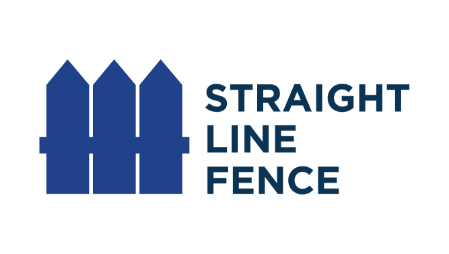What are the best types of fencing for dogs? It seems that everyone has an opinion on what the best type of fence should be. Truthfully, there is no one obvious answer. The below will cover the basic pros and cons of the different types of fences available, and how they can all be looked at as great additions or not-so-great “improvements” to the property.
Invisible Fencing
Invisible fencing is popular because it is mostly affordable and totally non-invasive. It is the only type of fence that does not include a fence at all, really. It has some major cons. Firstly; people just don’t warm up to invisible fences all that well. So, if the neighbors are sensitive to this kind of thing, it may be worth re-evaluating. An invisible fence still requires an uninterrupted power source, which costs money. If that power source is broken, the dog can easily escape. With that said, they can escape anyway. If the dog has a tendency to wander and is very young, an invisible fence may not actively dissuade them for long. This is especially so if they chase cars, passersby, etc.
Chain Link Fence
Chain link fences are affordable, but can take a beating if a dog has a tendency to jump the fence. They are also not the most visually appealing. Breaks and breaches can be made in the chain-link fence, so it should be updated yearly.
Wood Fence
Wood fences for dogs stick to the pricier side of things. Thankfully, they have a lot of benefits. For one, they are quite durable. They offer privacy for you and your family and there are no open gaps, like in a chain link fence. Dogs may scratch at it, but there is no likeliness of them taking the fence down.
The choice of what fence to get for dogs should be selected depending on the individual personality of the dog and how much you and your family uses the backyard.

